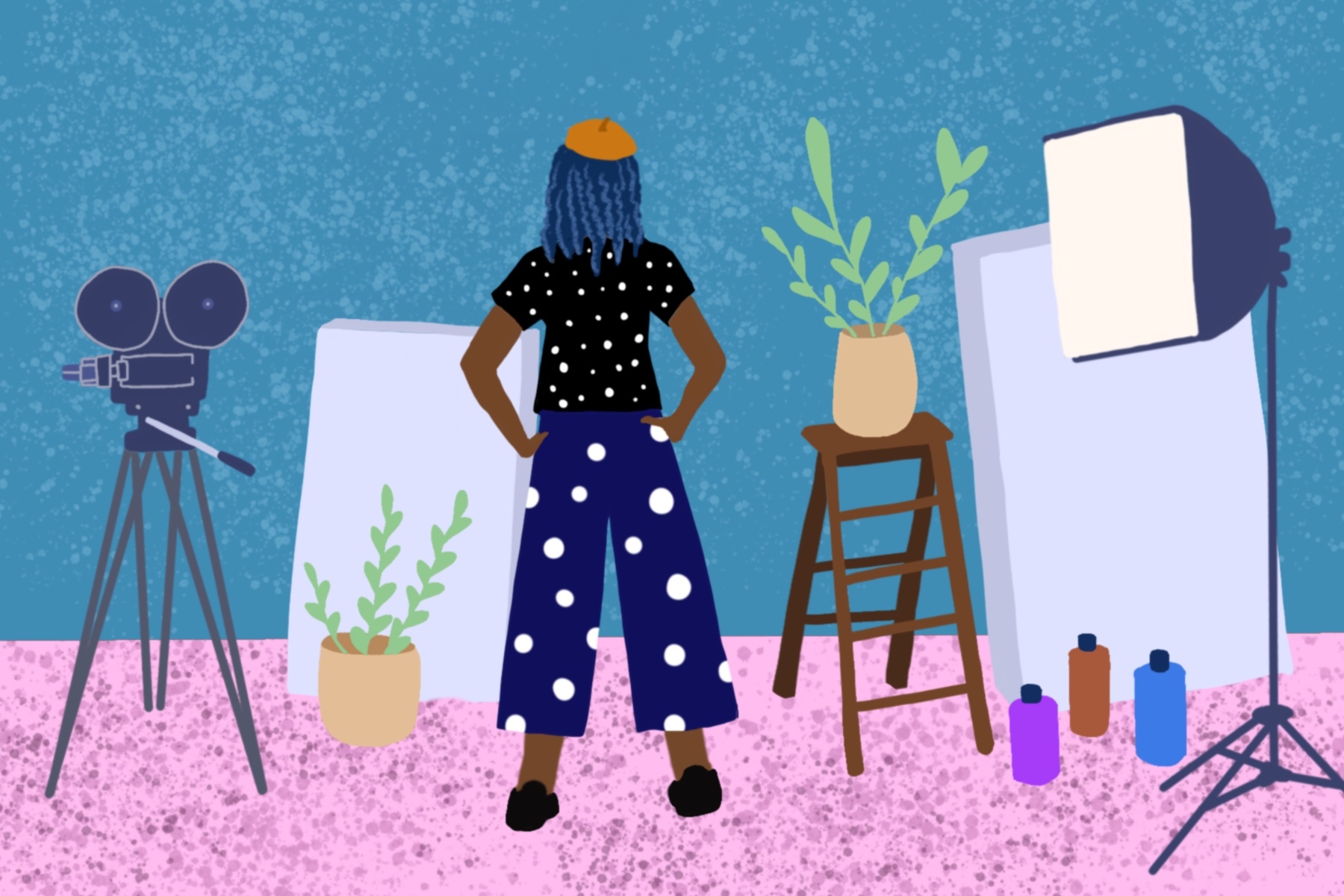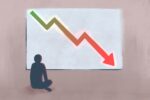Since I was old enough to hold a paintbrush, I have been making art. Watercolors and acrylics have felt like home to me for many years. Although the stress of college has left me with less free time, it has also incentivized me to keep painting because putting brush to canvas allows me to unwind.
Now, the unfortunate circumstances of quarantine have had the unexpected benefit of drastically increasing the time I spend painting. As a result, I have accumulated dozens of finished or half-finished paintings that take up space in my room. I am proud of some of them, ambivalent about others and intend to paint over the rest. But, most importantly, they were fun to make.
I am not alone in expanding a lifelong arts and crafts interest into a full-blown hobby due to quarantine. Across the world, the coronavirus has forced people inside and thus turned them toward crocheting, woodworking, jewelry-making and more. A quick perusal of any social media site in the last few months yields a continuous stream of photos displaying various hands-on projects.
While all of this crafting certainly serves as much-needed entertainment, it has a deeper function as well. Because it can provide a distraction from life’s stress, producing any form of art can have therapeutic benefits. A recent study from Drexel University showed that making art, regardless of previous experience, reduced 75% of participants’ hormonal stress levels. Sitting down and taking one’s time to create something is to care for one’s well-being and mental state. Any stress-reduction techniques have become invaluable in the last few months as the pandemic has destroyed lives and livelihoods globally. It’s no surprise that many have leaned on artistic outlets as a way to decompress and escape from current harsh realities.
Each time I sit down at my easel, I feel peaceful and happy knowing I can spend the next several hours losing myself in brushstrokes and details. While I don’t always like the outcome, the process is the best part. And it doesn’t matter because the paintings I make are only for me.
At least, that was how it had always been until a family member suggested that I take photos of my work and upload it to the internet, to sell for some extra cash. The rest of my family quickly rallied behind the idea, arguing that the number of canvases in the corner was getting ridiculous. They said I was talented enough that people would pay me for them.
Their encouragement felt nice. I was flattered that those close to me thought that my paintings were impressive enough to hang in people’s homes.
But when I began researching sites where I could list my paintings for sale, I became overwhelmed by all of the options and fine print. I was unprepared for the logistics of being an independent freelance artist. But earning money for all of the hard work and hours I put into my paintings did seem like a good idea.
The consumer culture and capitalism that dominates in America creates a specific mindset. This mindset is that anything and everything is an opportunity for profit; anything that can be used to glean a profit will be monetized accordingly. Therefore, it is common for artistic creations to be sold online, through sites such as Etsy or Amazon. Many people have successful, happy careers in this way, working as freelance artists. However, this path is not for everyone.
In fact, people outside of the field of freelance art-selling often underestimate the professional dedication and hard work that it takes to make a living off of one’s art. So when novices attempt to sell art as a low-commitment side gig, they often end up unpleasantly surprised.
My own brief foray into the world of freelance art-selling definitely left me feeling disillusioned. But during my search to find a way to monetize my artwork, I started asking myself: who am I doing this for? If I don’t need the money, why should I sell my paintings? I also began wondering if my art was good enough for people to spend money on it.
The doubts rushed in as I scrutinized my latest canvas. I focused immediately on the tiny mistakes that I hadn’t worried about at all until that moment. It seemed that there was no way I could ever measure up to the incredible experienced artists that I always saw online. I even became embarrassed that I had ever, even for a second, believed that my art was worth selling.
All of this rumination led me to abandon my search in a panic and to stop all art production for the following week.
After a week had passed, I once again sought out my beloved hobby. As I painted, I began to feel the familiar sense of calm settle over me. All my stress about selling my art melted away. I remembered why I paint in the first place: because I love it.
Love of an art form is more than enough of a reason to engage in that hobby. The capitalist society in which Americans live obscures the importance of relaxation by prioritizing profit above all else.
It may seem like a good idea to pocket a few extra dollars for one’s extracurricular creations. In reality, monetizing art can detract from its de-stressing potential.
According to the great American artist Keith Haring, “The best reason to paint is that there is no reason to paint.” Ultimately, humans are meant to create, and it does not matter whether the art is “good” or profitable. All that matters is the simple joy of creation.

















